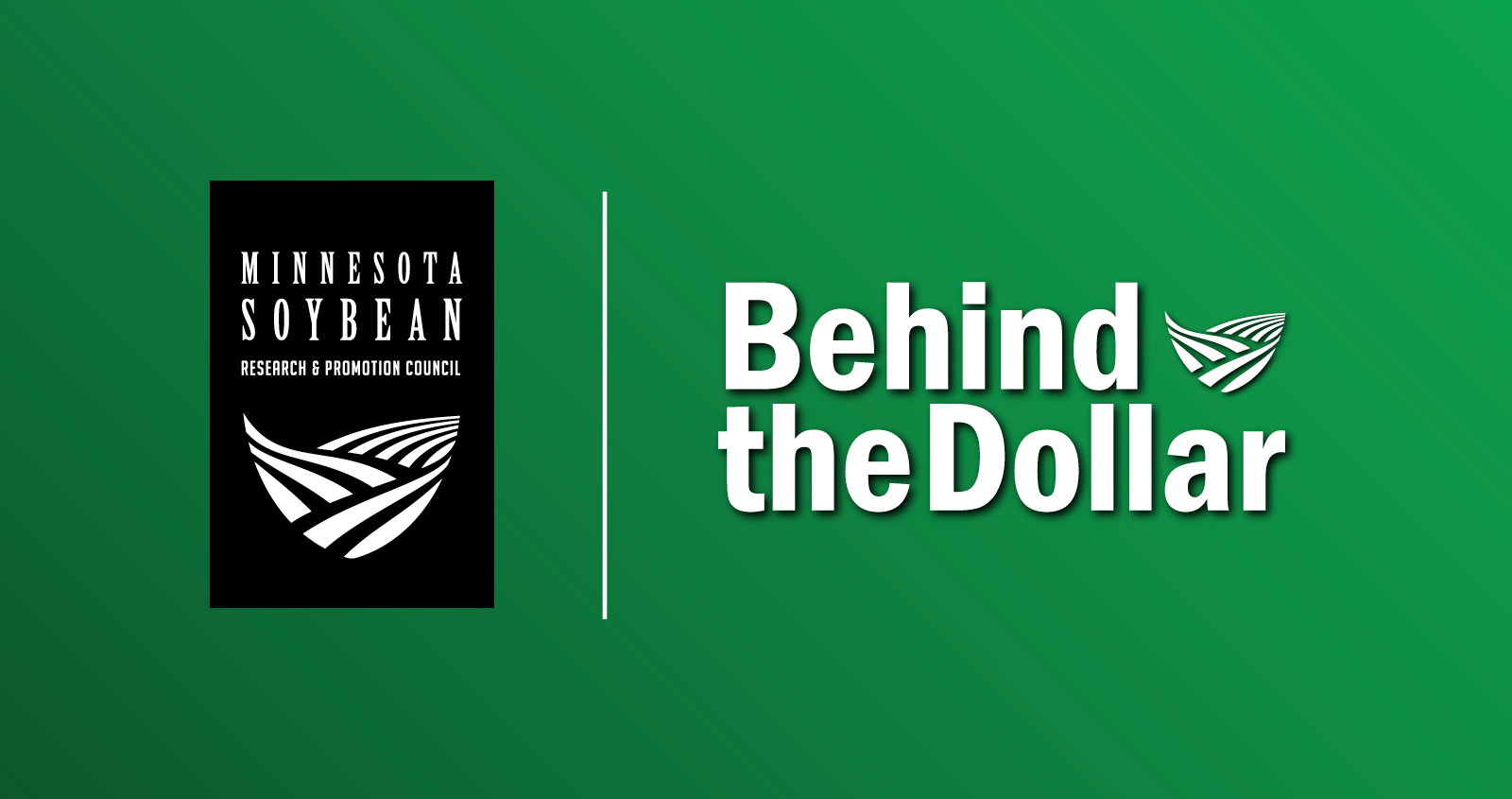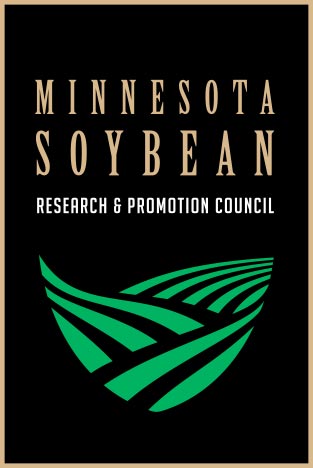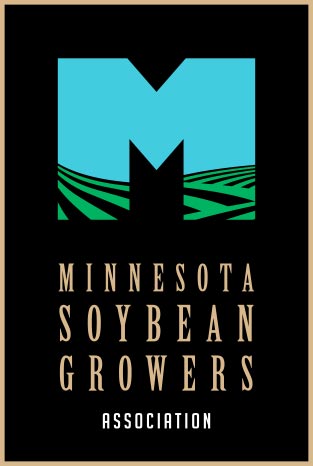Behind the Dollar with Rochelle Krusemark
Behind the Dollar with Rochelle Krusemark

A checkoff-centric Q&A with Minnesota Soybean Research & Promotion Council (MSR&PC) Director Rochelle Krusemark, who farms in Martin County.
Read below to find out her thoughts on the Council’s Behind the Dollar initiative.
This interview has been edited for length and clarity.
Q: Give us a quick background on your farm.
Rochelle Krusemark: My husband, Brad, our son and I farm soybeans, corn, custom feed pigs and have a cow-calf herd. We strip till, no till and have cover crops. I grew up in a construction company, so I grew up driving all kinds of different equipment. I was a teacher after receiving a bachelor’s degree from Gustavus Adolphus College and then a master’s from Minnesota State University, Mankato. After teaching special education, I took time off to raise our boys and farm. Now I am a crop insurance adjuster and I enjoy doing it because I get to work with farmers.
Q: What region of the state do you represent on the Minnesota Soybean Research & Promotion Council? How long have you been on the board?
RK: I represent District 8 and have been on the board for 10 years.
Q: Why did you decide to run for the Minnesota Soybean Research & Promotion Council?
RK: This might sound cliche, but it has fulfilled many purposes. It has been a great opportunity to meet so many people and grow the soybean industry.
Q: Why do you feel the checkoff is critical to Minnesota’s soybean farmers?
RK: We would have never made it so far in product development or research would have never gotten done by companies or land-grant universities had our checkoff not made those investments. Especially with oil products and how I started farming 44 years ago, oil was just a byproduct. When they crushed meal they left the oil in it. Then swine diets transformed, and they realized they didn’t want the oil in the meal, so they had to extrude it. In the last five-10 years we have put an emphasis on it. To me it is really exciting that we keep finding new uses. What keeps me motivated is the resiliency of soybeans and how there is a plethora of uses.
Q: How does the board ensure checkoff dollars are invested responsibly?
RK: We have good checks and balances. We have a protocol that we follow and go through the vetting process to make sure that the projects are not only needed, but they have accountability throughout the process, and then go and use our communications team to make sure that those products get some traction.
When I first got on the Council, we did a really good job of flipping products. And even on United Soybean Board, they do a good job of keeping a good database of projects, because sometimes a product might come too early. It might be before its time. So, you need to make sure that you have a good archive of that database, so you can always go back and revisit stuff, and you might be able to utilize some information to products that sit on a shelf for a while.
Q: How has directing checkoff funds raised your awareness of the soy checkoff?
RK: I did not realize how much of a benefit it is. I guess I never took it for granted. I asked a lot of questions, because I never grew up on a farm, so when I see that checked off, taken out of our check from the elevator, I questioned what that was and how it was used.
I had a pretty good idea of what the checkoff did, but it wasn’t until I got on the Council that it really understood how serious the whole vetting process is on determining how to invest those checkoff dollars. It made me appreciate that, and it also made me want to communicate that with others, the farmers that haven’t served on the checkoff board, so I think we’ve done a better job of communicating.
Q: What project(s) are you most proud of that you have seen since being on the board?
RK: The soybean oil project, Ag Innovation Campus and soy ink. We have been able to analyze feed better and figure out the nutrient value of soy. Technology has improved so much for this to be possible for us.
Q: Many checkoff investments are made to impact our future growers. What are some checkoff-supported projects coming down the pipeline that you’re excited about?
RK: I’m excited about getting more people involved. The whole educational aspect of trying to get people more involved and encouraging some of the new farmers. Today you see a lot of younger farmers go to trade school before getting into farming. What does the future farmer look like? It is a huge financial risk, so they do not have a guaranteed income.
Q: What do you think the biggest misconception other farmers have about the soy checkoff program? How would you respond to their concerns?
RK: I have never been confronted by someone saying the soy checkoff was not worthy of their funds. I try to be proactive and show the positive about what we are doing with the soy checkoff. For example, sharing without people asking. If you use it as a conversation starter, it shows how many unique projects we have that are making a difference, even for non-farmers to see the progress we are making. Every farmer helps with this; they all invest in products we use today.
Q: Where can another farmer go to get more information on how their dollars are being spent?
RK: They can always check out mnsoybean.org and even if you do not use social media you can access anything soy with Google. If you would like to talk to directors, you can go to the website and find their information.



